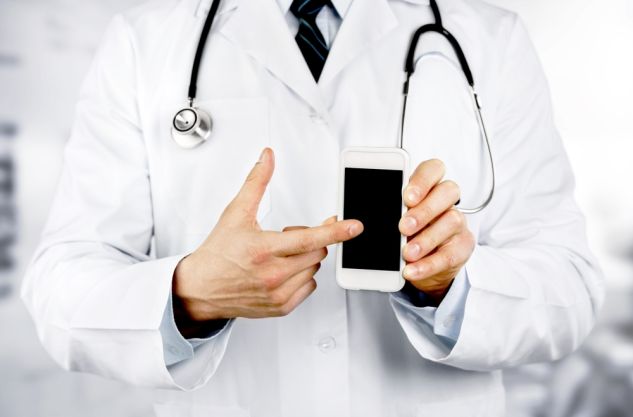The House of Bacteria: Your Mobile Phone Is Dirtier Than You Think
M3 India Newsdesk Apr 04, 2017
Recent research reports indicate 100% contamination rates in mobile phones used by healthcare professionals!

Researchers from Kogi State University, while corroborating this data, have shown that compared to ordinary people’s phones, the bacteria isolated from HCWs were found to be more antibiotic-resistant. This has critical implications for the Indian health care system as developing countries have been reported to have an alarmingly high incidence of hospital-acquired infections (HAIs) at over 25%.
Mobile phones are used extensively by doctors and nurses in hospitals for immediate communication during emergencies, rounds, in operation theatres, and in intensive care units (ICUs). Recent research data shows that mobile devices harbour pathogens such as Staphylococcus epidermis (42.9%), Bacillus spp. (32.1%), Staphylococcus aureus (25%), Pseudomonas aeruginosa (19.6%), Escherichia coli (14.3%), Streptococcus spp. (14.3%), Proteus spp. (12.5%), Klebsiella spp. (7.1%), and Acinetobacter spp. (5.3%). Some of these are multidrug resistant pathogens e.g. methicillin-resistant Staphylococcus aureus.
Bacterial contamination has also been detected in mobile phones used by healthcare professionals belonging to paediatric and neonatal ICU. The most frequently identified pathogens belonged to the Coagulase-negative staphylococci and Pseudomonas species — all of which are potentially fatal to patients already in critical condition.
Eliminating the use of mobile phones in hospitals is not a practical approach. Here are a few possible remedies:
- Healthcare facilities should disinfect shared mobile devices with disinfectants wipes to help prevent the spread of bacteria. Alcohol wipes with 70% isopropyl alcohol and ethyl alcohol or 0.5% chlorhexidine gluconate in 40% ethyl alcohol are highly efficacious. Although, the safety of the devices is a potential downside.
- Alcohol-based hand foams are useful hand-disinfectants against antibiotic-resistant bacteria such as Staphylococcus aureus.
- Strict adherence to precautionary infection control methods such as hand washing.
The current prevention and remedial strategies are getting a boost from innovations such as antimicrobial touch screens from Gorilla Glass manufacturer-Corning and antimicrobial coatings for touch screens produced by DMC, SeePoint and NuShield.
Common Tips For Mobile Phone Usage In Healthcare Settings:
- Wash your hands and refrain from touching your eyes, nose or mouth to prevent the spread of infection.
- Avoid taking your phone into the restrooms to prevent faecal or other toilet-associated contamination.
- While coughing or sneezing, cover your mouth and nose with your arm, sleeve, or elbow instead of your hands.
- Sanitise your phone with an alcohol-based wipe or foam regularly.
-
Exclusive Write-ups & Webinars by KOLs
-
Daily Quiz by specialty
-
Paid Market Research Surveys
-
Case discussions, News & Journals' summaries